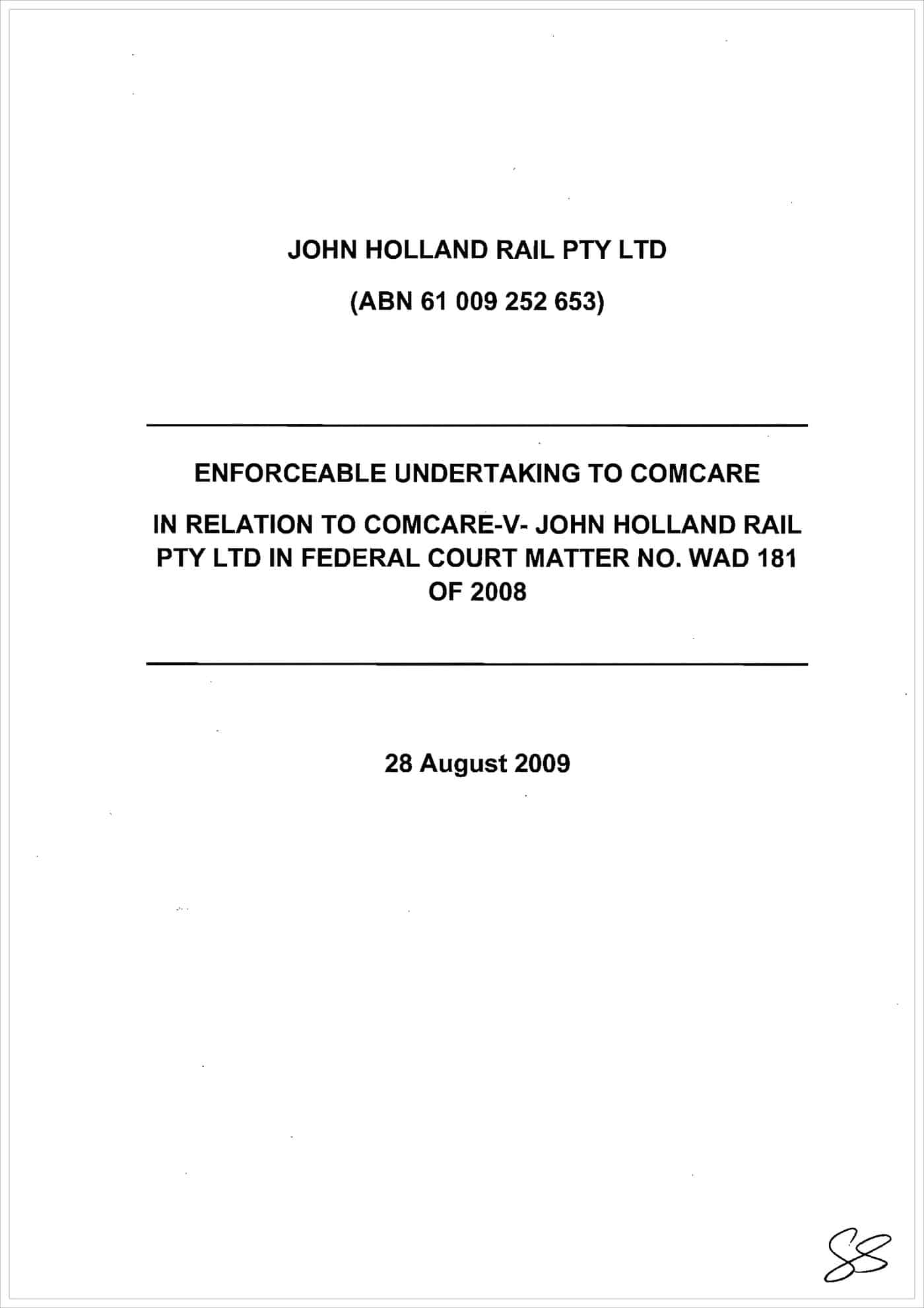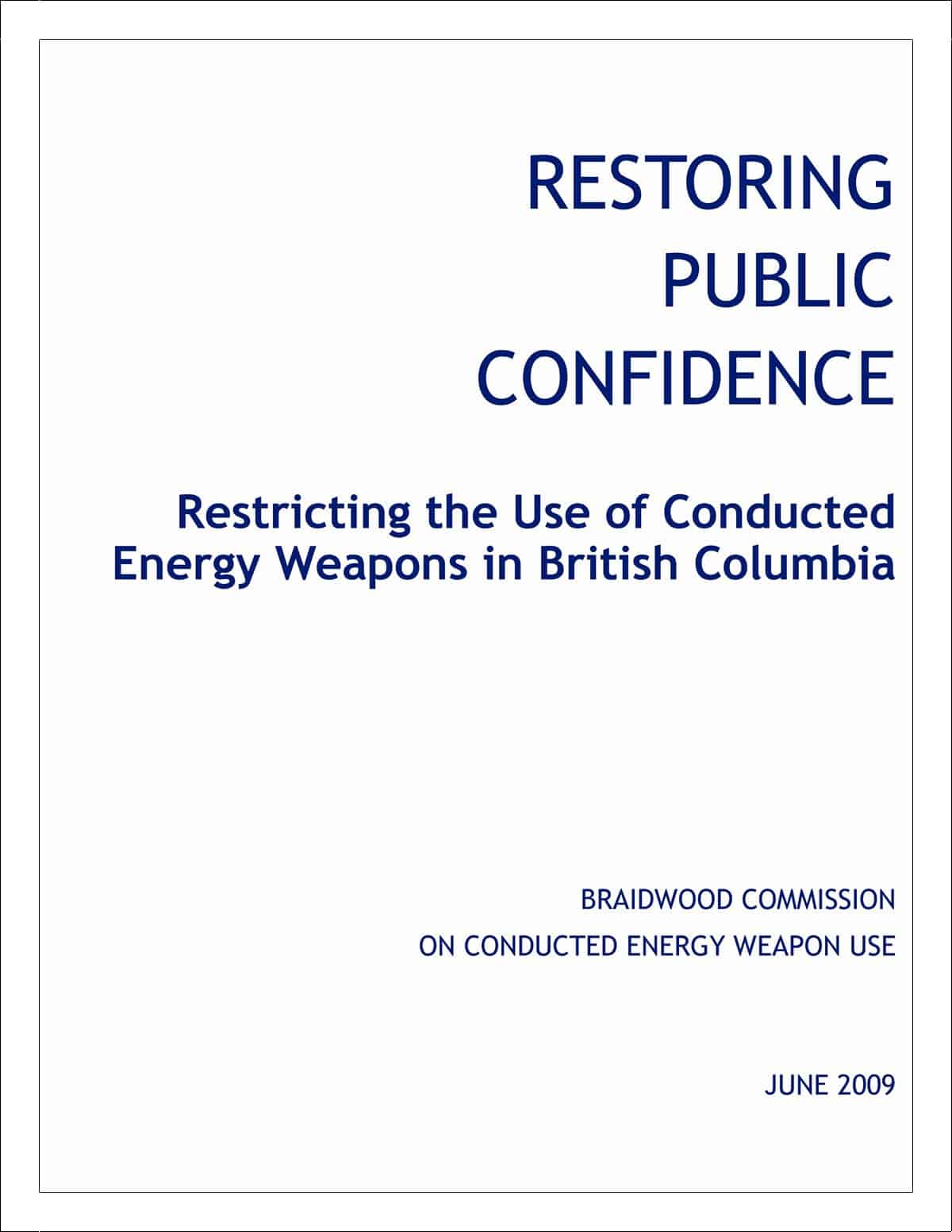At SafetyatWorkBlog the use or reuse of material is carefully considered. Some articles are not proceeded with, or media used, because of copyright, restrictions or cost. No content is used from websites without permission or without referring back to the original source and providing hyperlinks if possible. An example of how internet information can go wrong occurred earlier this month in Australia.
On 2 October 2009 the Safety Institute of Australia advised its members through its homepage that the Cancer Council, one of its strategic partners, is
“is gearing up to launch three new workplace guides as part of National Skin Cancer Week in November.”
The guides are listed on the SIA website:
- Skin cancer and outdoor work: a guide for employers
- Skin cancer and outdoor work: a guide for working safely in the sun brochure
- SunSmart and iCourses ‘Working safely in the sun’ online training course
 The odd thing was that the first guide listed was published in January 2007. The second seems to be a companion leaflet for the guide for employers. They are not new and are not being launched in November 2009.
The odd thing was that the first guide listed was published in January 2007. The second seems to be a companion leaflet for the guide for employers. They are not new and are not being launched in November 2009.
When the anomaly was brought to the attention of the Cancer Council advised SafetyAtWorkBlog that their website had not been updated for a long time and that the information was out of date. Not only should this have been obvious from the age of the publications listed but the page said the guides were to be launched on Tuesday November 20. In 2009 November 20 is a Thursday. The advice on the SIA site is based on old information.
(A slightly more recent policy statement for “sun protection in the workplace” is available elsewhere on the Cancer Council website)
It is very important, particularly in OHS where safety advice can change frequently, that any information taken from the internet is verified, especially if one is putting one’s name to it as the SIA’s CEO did in this instance.
The Sunsmart guidances produced by the Cancer Council still contain solid advice but if the risk of skin cancer or the hazard of working in direct sunlight is relevant to your worksites, make sure that the safety guidance is current and do not just rely on one information source. In this instance, see what advice the local OHS authority can provide, particular in the couple of months preceding summer.
If you run your own OHS information website or intranet, be extra careful when using other organisation’s information………..and check the dates of the information.


